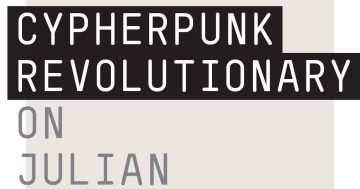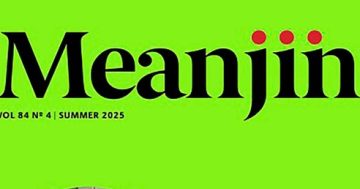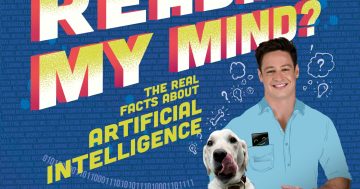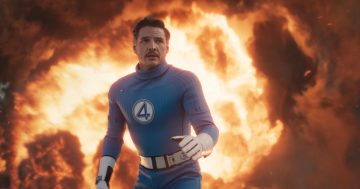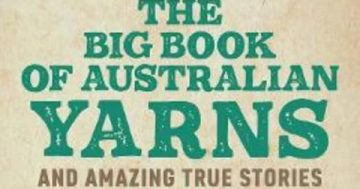Reviewed by Robert Goodman.
By Claire G Coleman, Hachette, $32.99.
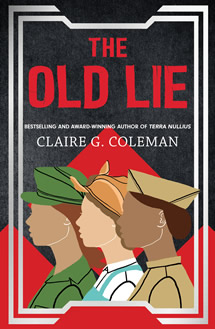 Claire G Coleman’s stunning debut novel Terra Nullius, reimagined the colonisation of Australia in a science fiction frame. That book took its time, dropping hints along the way until the true nature of the world was revealed. In The Old Lie, a spiritual companion piece to Terra Nullius, there is no such subtlety. After a disquieting prologue, readers are thrown into the middle of a war which at first feels like the mud and trenches of World War One but is quickly revealed to be one front in an intergalactic war.
Claire G Coleman’s stunning debut novel Terra Nullius, reimagined the colonisation of Australia in a science fiction frame. That book took its time, dropping hints along the way until the true nature of the world was revealed. In The Old Lie, a spiritual companion piece to Terra Nullius, there is no such subtlety. After a disquieting prologue, readers are thrown into the middle of a war which at first feels like the mud and trenches of World War One but is quickly revealed to be one front in an intergalactic war.
Much like Terra Nullius, there are a number of story threads that are started at the beginning of The Old Lie, and it takes a while to get all of them into place and moving. They are connected, but the connections between them only become clear much later. The stories include Sergeant Shane Daniels and her infantry platoon, her best friend Rowena “Romeo” Getz who flies space fighters, Jimmy a young runaway trying to get back to Earth, William a former surgeon captured by aliens to help run tests on humans and Walker, still on Earth and trying to find his way back to his Country. Although Coleman does not make a big deal of it, all of her characters are Aboriginal and all of them not only miss the Earth and their families but their deep connection with their Country. And all, in some way, are just trying to get back there.
Humans are part of an intergalactic war between the Federation and the Conglomeration. Both factions are made up of many species, and there are plenty of other species who do not belong to either side who are caught in the middle. Humans fight on the side of the Federation, which saved them from the Conglomeration and respects their fighting ability. But it soon becomes clear that humans are second class citizens in the Federation. As with Terra Nullius, part of Coleman’s aim here is to make all readers re-evaluate the experience of Aboriginal Australians and put that experience in a frame that makes it universal.
Coleman relies heavily on classic science fiction tropes in her storytelling, particularly from military science fiction. For example, battles between small, agile space ships come straight out of Star Wars or Battlestar Galactica. Plenty of other species are referenced by few are described much beyond humanoid, or furry or looking like a spider.
But the science fiction setting is only an entry point. It serves as a framework to explore and examine different aspects of the Australian indigenous experience in a fictional universe. The way the human soldiers are treated is analogous to the way Aboriginal soldiers were treated on returning from the world wars, weapons testing by the Federation on Earth is likened to the British testing of nuclear weapons at Maralinga in South Australia in the 1950s and 60s, human children removed from their families and either placed with other humans or alien families call to mind to the stolen generations. This is not always done subtly (for example a space station used to house refugees refused entry back to Earth is called New Manus, reflecting Australia’s current approach to refugees), and where there is any doubt about what she is trying to say, such as the links to Maralinga, Coleman spells it out for readers. But it is effective in getting the message across.
As with Terra Nullius, Coleman has written a book that seeks to explore the experience of her people and her family but also make it universal. To create a scenario where all humans are put through those events and subject to those attitudes so that readers can imagine themselves or their families in that situation and hence understand and empathise with the experience of indigenous Australians. But unlike Terra Nullius which was focussed on particular aspects of history, The Old Lie ranges across a much wider gamut of issues making it no less important and no less interesting but slightly less successful.
This and over 400 more reviews can be found on Pile By the Bed.




